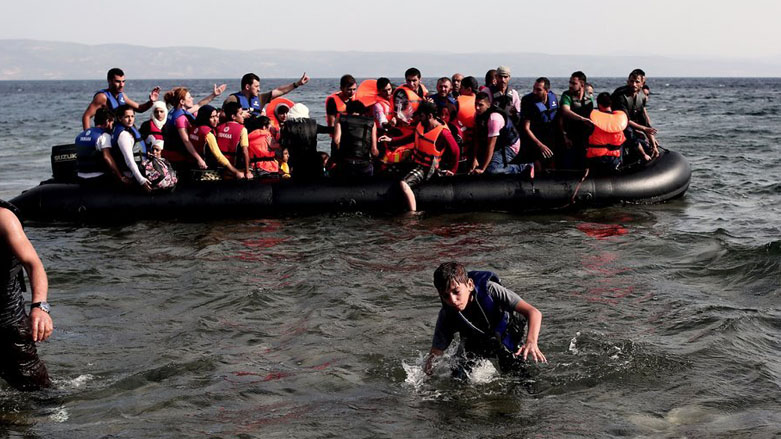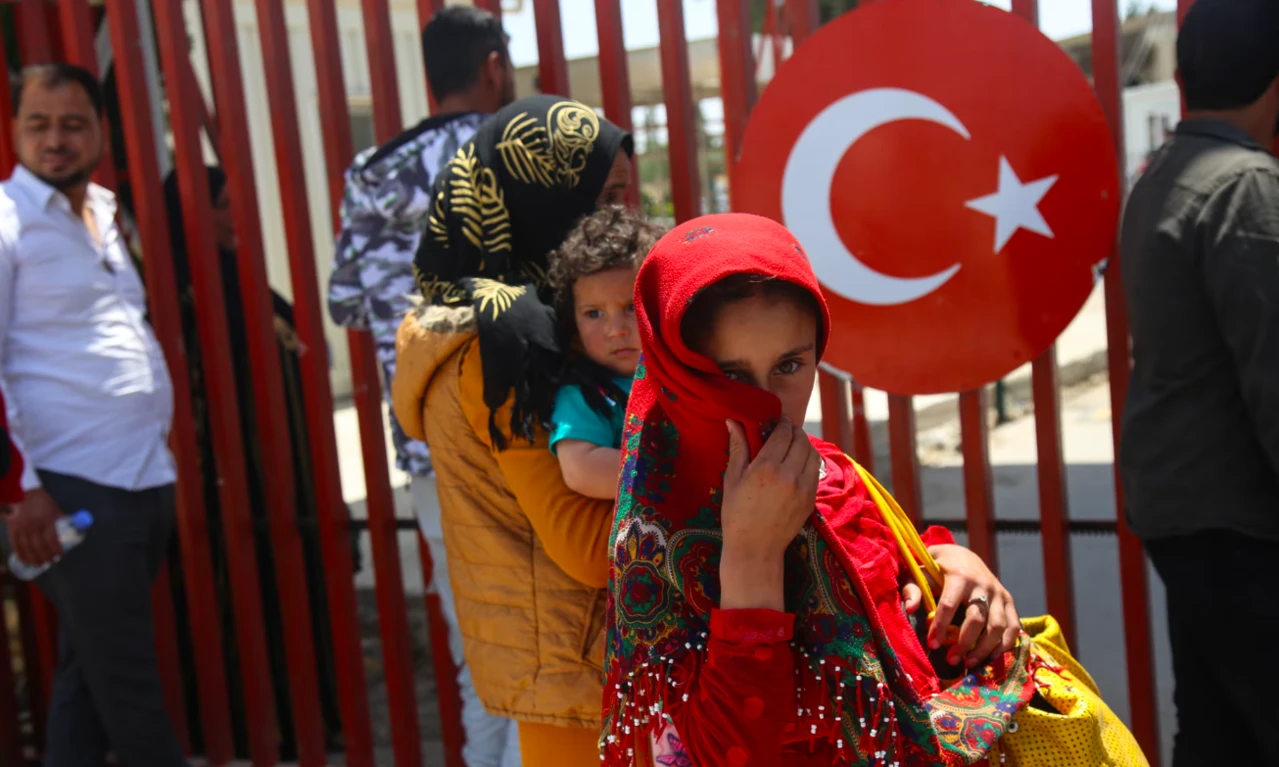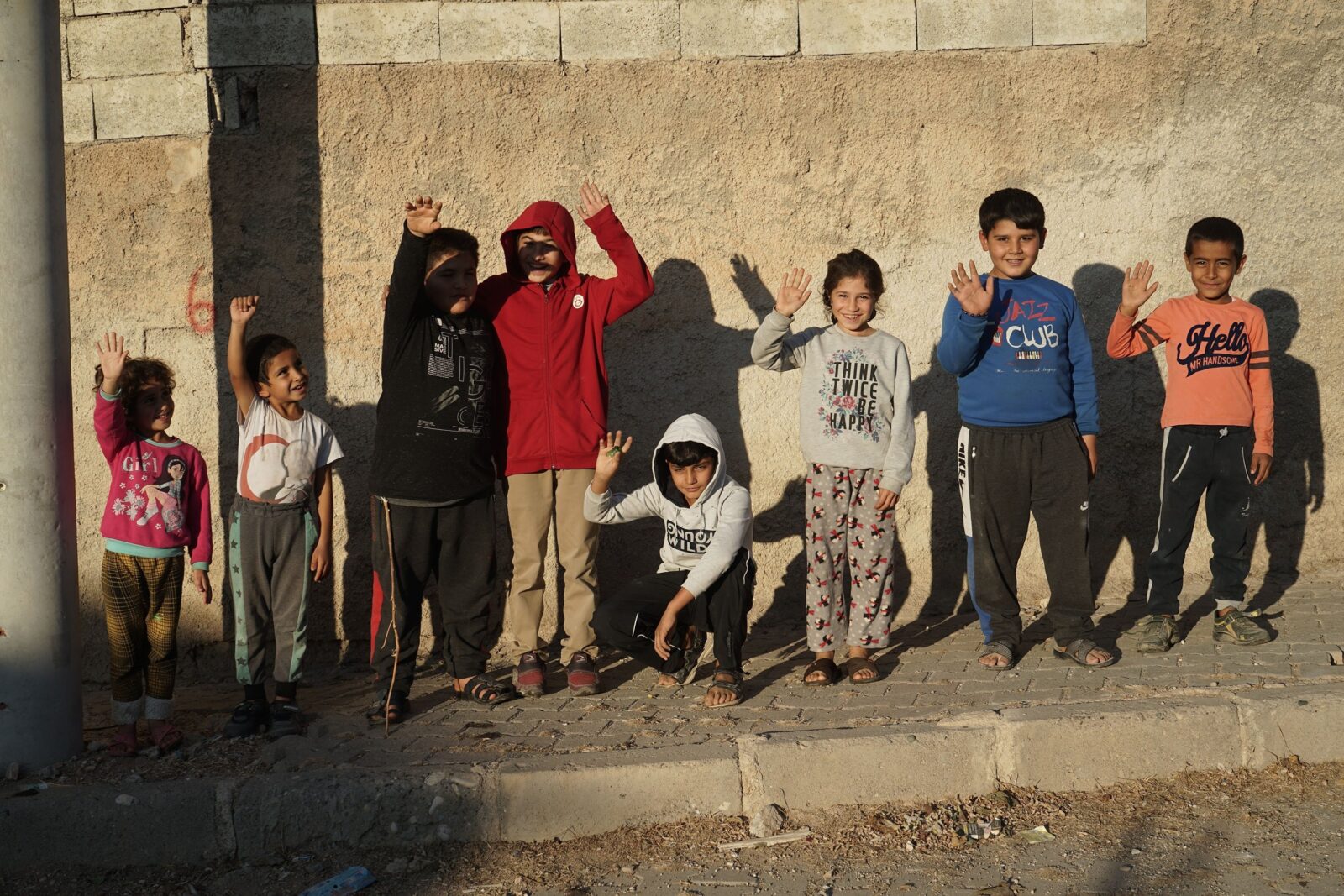Decline in Syrian refugee numbers in Türkiye: Returns, migration trends
 Syrian refugees in Türkiye and Cilvegoz Border Gate (Image by Mehmet Akbas/Türkiye Today)
Syrian refugees in Türkiye and Cilvegoz Border Gate (Image by Mehmet Akbas/Türkiye Today)
The number of Syrian refugees living under temporary protection in Türkiye has been on a serious decline since 2021.
From 3.7 million in 2021, this number decreased to 3.09 million in October 2024. The main factors behind the decline are voluntary returns to Syria and illegal migration to Europe according to BBC Turkce.
Why it matters?
Türkiye, which has hosted the world’s largest refugee population since the start of the Syrian Civil War in 2011, has seen a notable reduction in the number of Syrian refugees.
As of October 2024, the Syrian population under temporary protection has dropped to 3.09 million, down from 3.7 million in 2021. This decline is primarily driven by voluntary returns to Syria and irregular migration to Europe, with significant social, economic and diplomatic implications for Türkiye’s future policies.


Returns: Strategic priority for Turkish politics?
A key factor in the decreasing numbers is the rise in voluntary returns to Syria. Since 2016, more than 715,000 Syrians have returned, with a marked increase in 2023. Türkiye’s creation of “safe zones” in northern Syria has played a major role in encouraging these returns.
- Voluntary or coerced? While the Turkish government emphasizes that these returns are voluntary, human rights organizations and reports from the field have raised concerns about forced returns. There are claims that some Syrians were pressured into signing return documents under duress.
- Impact of 2023 earthquake: The devastating earthquakes in southern Türkiye on Feb. 6, 2023, further accelerated returns. Many Syrians, especially those living in the affected regions, chose to return to Syria, viewing it as a better alternative to remaining in post-disaster conditions.


Migration to Europe: Unregistered Syrians, issue of irregular migration
The decline in refugee numbers is also linked to irregular migration to Europe. Approximately 291,000 Syrians who failed to update their residency status have been deregistered, with many believed to have left Türkiye illegally for Europe. Türkiye plans to remove these individuals from its refugee registry by the end of 2024.
- Türkiye-EU relations: This rise in irregular migration poses challenges for Türkiye’s relations with the European Union. Despite the 2016 EU-Türkiye agreement to curb migration, the recent increase in crossings has heightened tensions. Both sides are now considering stricter migration controls.


Syrians still in Türkiye: Demographic and social impacts
Despite the overall decrease, over 3 million Syrians remain in Türkiye, many of whom have established permanent lives. Their impact is particularly evident in areas with high Syrian populations, but challenges around social and economic integration persist.
- Employment and education: Many Syrians are employed in informal sectors with limited legal protections while integrating Syrian children into the Turkish education system continues to pose difficulties.
- Citizenship: Türkiye has been cautious in granting citizenship to Syrians. As of 2024, around 230,000 Syrians have obtained Turkish citizenship, representing a small portion of the total refugee population. The issue of citizenship remains a topic of political debate.
| Year | Registered Syrian refugees | Key factors contributing to decline |
|---|---|---|
| 2021 | 3.74 million | High levels of refugee influx, strong support systems |
| 2022 | 3.6 million | Increasing returns to Syria, stricter migration policies |
| 2023 | 3.2 million | Economic challenges, rising political tensions |
| 2024 | 3.09 million (as of Oct. 3) | Ongoing voluntary returns, irregular migration to Europe |
Future Outlook: What’s next for Türkiye’s refugee policy
Türkiye’s migration policy appears increasingly focused on encouraging returns to Syria. President Recep Tayyip Erdogan, during his 2023 election campaign, pledged to expedite the return of Syrians, and recent actions align with that promise. However, there are limits to how much further the return process can realistically go.
- Political and economic implications: The refugee issue has significant political and economic ramifications. Public sentiment toward Syrians has become more negative, particularly in light of Türkiye’s economic challenges. As a result, migration policy has become a major issue for political parties.
- International cooperation: Türkiye is seeking greater international support to manage the refugee situation. Working with the U.N., the EU, and other global partners, Türkiye aims to improve conditions in Syria to make returns more viable.
Will decline continue?
The number of Syrian refugees in Türkiye is expected to continue declining throughout 2024, but experts believe the return process will eventually slow. Many Syrians have built permanent lives in Türkiye, and large-scale repatriation may not be feasible for everyone. How Türkiye manages this complex issue – balancing returns with integration – will be crucial for its domestic stability and diplomatic relations.

Bigger picture: Türkiye and EU
The decline in Türkiye’s refugee population also has implications for its relationship with the EU, particularly on migration. The EU views Türkiye as a key partner in controlling irregular migration. However, Türkiye’s economic difficulties and rising refugee flows to Europe could strain this partnership. Türkiye’s strategic decisions in the coming years will not only shape the future of its Syrian refugees but also its relations with Europe.



